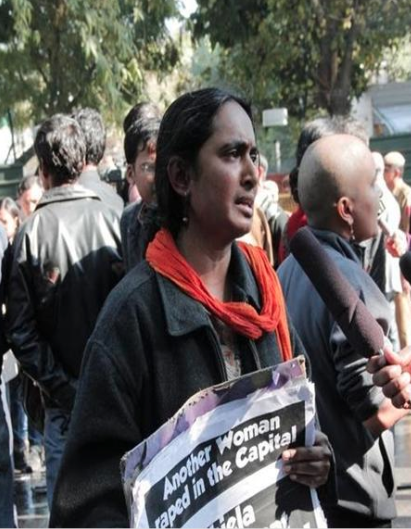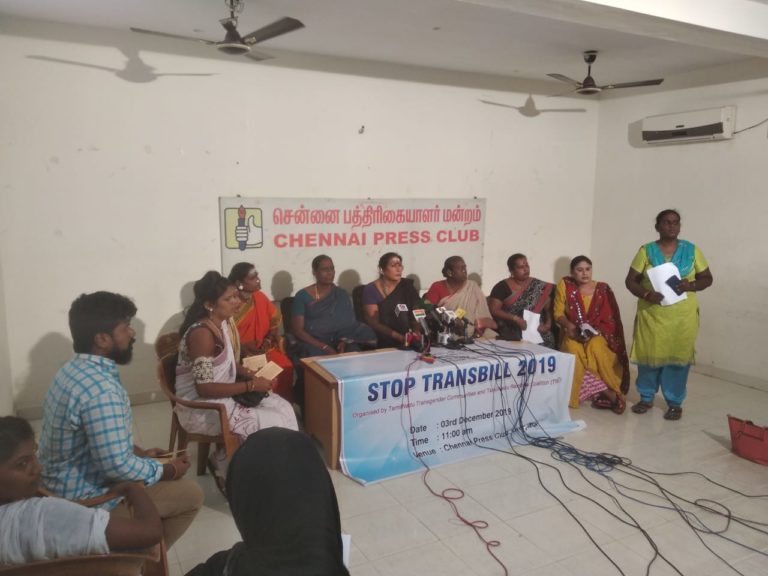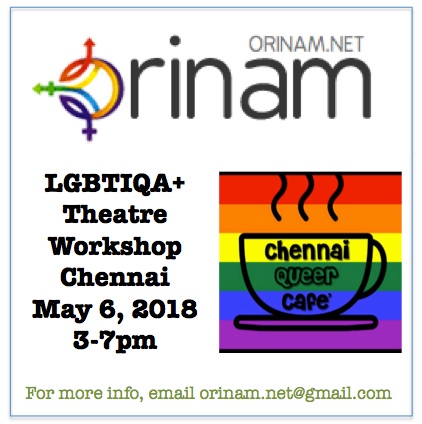FTM and Intersex inclusion in NALSA? Jackuline Mary vs. The Superintendent of Police, Karur
On April 18, 2014, newspapers, reporting on a Madras High Court judgement Jackuline Mary vs. The Superintendent of Police, Karur [W.P. No.587 of 2014] quoted the Judge, the Honourable Mr. Justice S. Nagamuthu, as having said that the Supreme Court’s judgment in NALSA case on April 15 was concerned only with transgenders who were males to females (MTFs). It had not dealt with other categories of transsexuals such as FTMs.” [see The Hindu].
On reading the judgement, we find that the Honourable Judge states, despite the NALSA ruling’s focus on MTF,
“36. At this juncture, we may again have a look into 32 sub-para (2) of Para 129 of the judgement of the Hon’ble Supreme Court in NALSA’s case [cited supra] wherein the Hon’ble Supreme Court has declared that the transgender persons have right to decide their self identified gender and the Governments have to grant legal recognition of their gender identity such as male or female or as third gender. The Hon’ble Supreme Court has affirmed that this right flows from Article 19(1)(a) of the Constitution of India. In my considered opinion, in the case of Females to Males (FTMs) also, such fundamental right is available to them and therefore, it is for them to chose and express their identity either as females or males or as transsexuals.” (emphasis ours)
View full text of the Jackuline Mary judgement here.
It must be noted, however, that “Nangai”, who was certified as “transgender by birth” by the chair of the medical board [1] at the Government Vellore Medical College Hospital is not FTM, even though assigned female at birth. She’s a 46XY woman who happens to have Androgen Insensitivity Syndrome.
What can we learn from this ruling?
- The conflation of intersex with transgender/transsexual extends to the medical and legal communities: there’s a need for training on intersex variations and transgender issues in medical and legal undergraduate and in-service curricula. [A good starting point would be Chapters I and IV of the report by the Transgender Committee set up by India’s Ministry of Social Justice, as well as the Appendix I on persons with intersex variations.]
- The NALSA ruling, though framed in the context of transgender persons, is equally applicable to people with intersex variation, such as “Nangai” of this case, and others whom the Honourable Judge mentions, including Pinki Pramanik and Santhi Soundararajan.
- By stating that “compelling an individual to expose to medical examination to declare medically his/her sex identity itself is violative of Article 21 of the Constitution of India”, we hope the ruling will help put an end to the humiliating medical examinations that intersex and trans* people face in India.
- Finally, even though the learned Judge misidentified the woman in this case as FTM, his statement that FTM people have a fundamental right to identify with their chosen gender (man, woman, trans*) appears consistent with the NALSA ruling, though the text primarily focuses on MTF people.
[1] The urologist appears to have (correctly) identified her as having partial AIS: it is the medical board chair who interpreted the urologist’s statement (wrongly) as her being transgender by birth.







One Comment